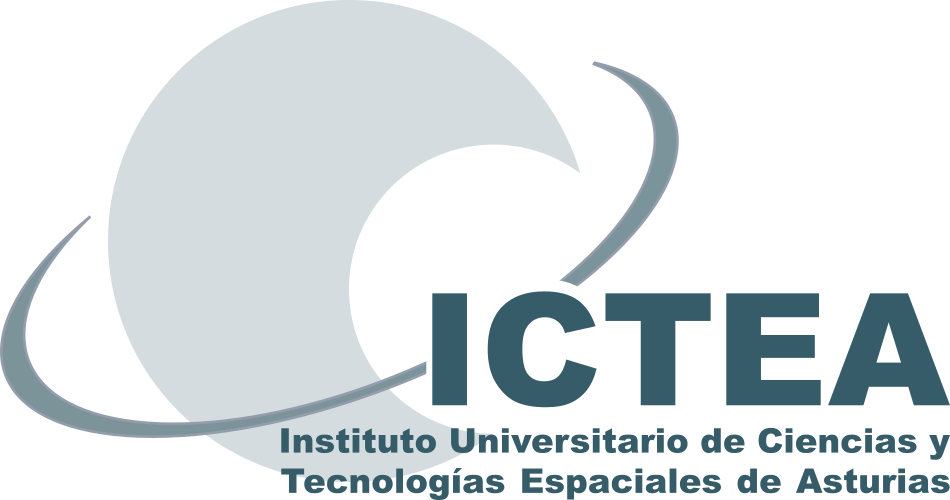Ponente
Descripción
The discovery of the Higgs boson at the Large Hadron Collider (LHC) closes a central chapter of the standard model (SM) of particle physics while raising several questions, such as the nature of dark matter, an explanation to neutrino masses, or the origin of baryon asymmetry in the Universe. The answer to those questions could be linked to the production of beyond the SM (BSM) particles which may have long lifetimes, compared to SM particles at the weak scale. If these long-lived particles (LLPs) were to be produced at the LHC, they would yield non-standard signatures which require dedicated identification algorithms. A complex filtering (trigger) system running sophisticated algorithms allows to decide, in real time, whether a given event of interest should be saved for data analysis or discarded. The general goal of this proposal is to enhance the trigger capabilities to enable the discovery of LLPs and thus find evidence of BSM physics exploring innovative technologies that may be of use in future facilities. With several years before the start of the High-Luminosity LHC (HL-LHC), it is now the perfect time to explore alternative trigger architectures and technologies not considered in the plans of the collaboration and that could not be explored otherwise. To this end, I will use a multidisciplinary approach involving advanced Machine Learning techniques and top-of-the-line ultra-fast processing platforms to propose an innovative solution that will improve the capabilities of future trigger systems. The foreseen studies might be the only way in which LLPs can be discovered at the HL-LHC. Any manifestation of such particles will revolutionise the field of High Energy Physics and help to answer several fundamental questions regarding the energy scale and nature of the BSM physics. Beside progressing in the frontiers of science, the designed techniques can be of great use for industries requiring real-time processing of large data-volumes to extract features.

